

In the dynamic and fiercely competitive world of startups, growth is the lifeblood that determines survival and success. As a founder, product manager, growth strategist, and now VC investor, I've had the privilege of witnessing firsthand what it takes to scale a business from inception to success. In this article, I'll share a holistic growth strategy encompassing frameworks, iterative processes, hypothesis testing and validation, growth team development and scaling, and most importantly, unit value economics.
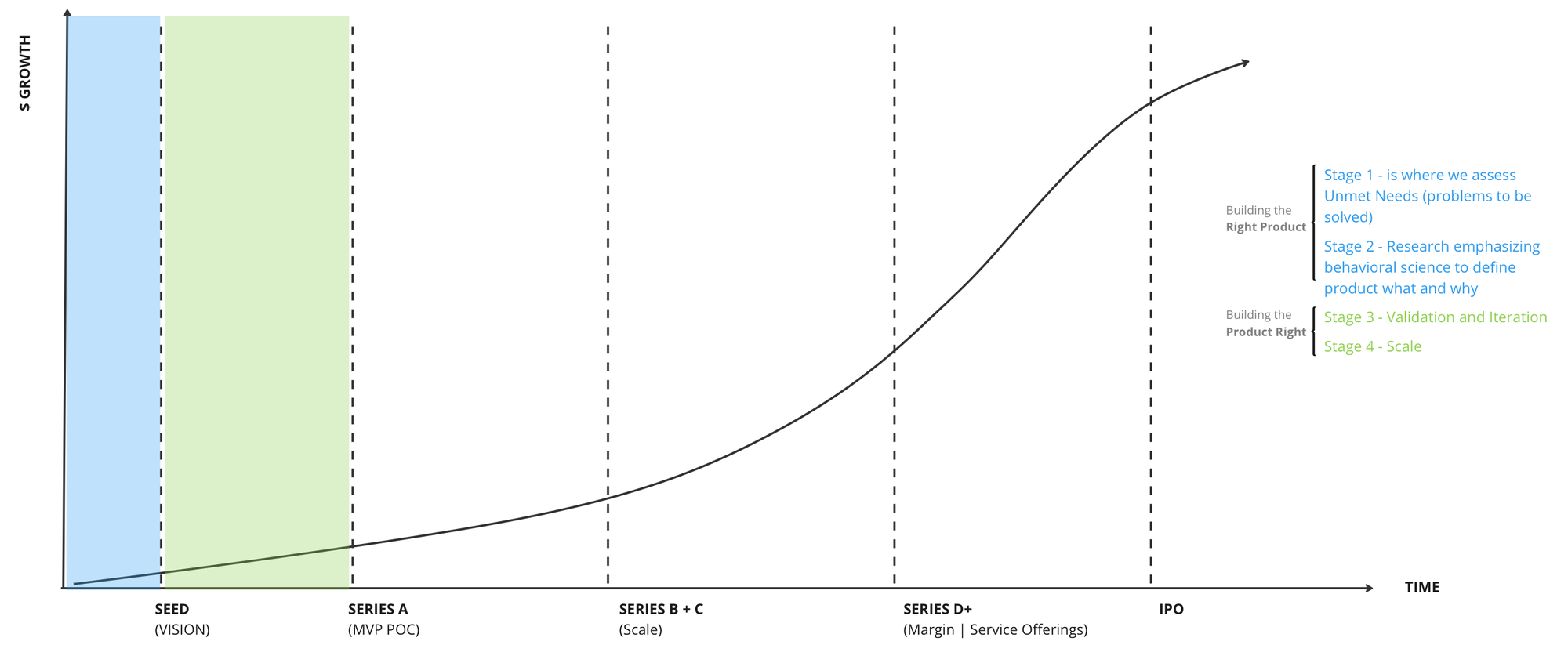
The first series of stages in the lifecycle of a start-up are also the most critical. It is often overlooked that growth teams and initiatives should very much be embedded in the strategic direction and value development of the company. Growth teams are often at the tip of the spear and have tremendous exposure to prospect/customer input. In this case, the "how" of how a growth engine is established leads to building a more empathetic organization. As highlighted above, it's critical that the company emphasize understanding and validating that they are "building the RIGHT product."
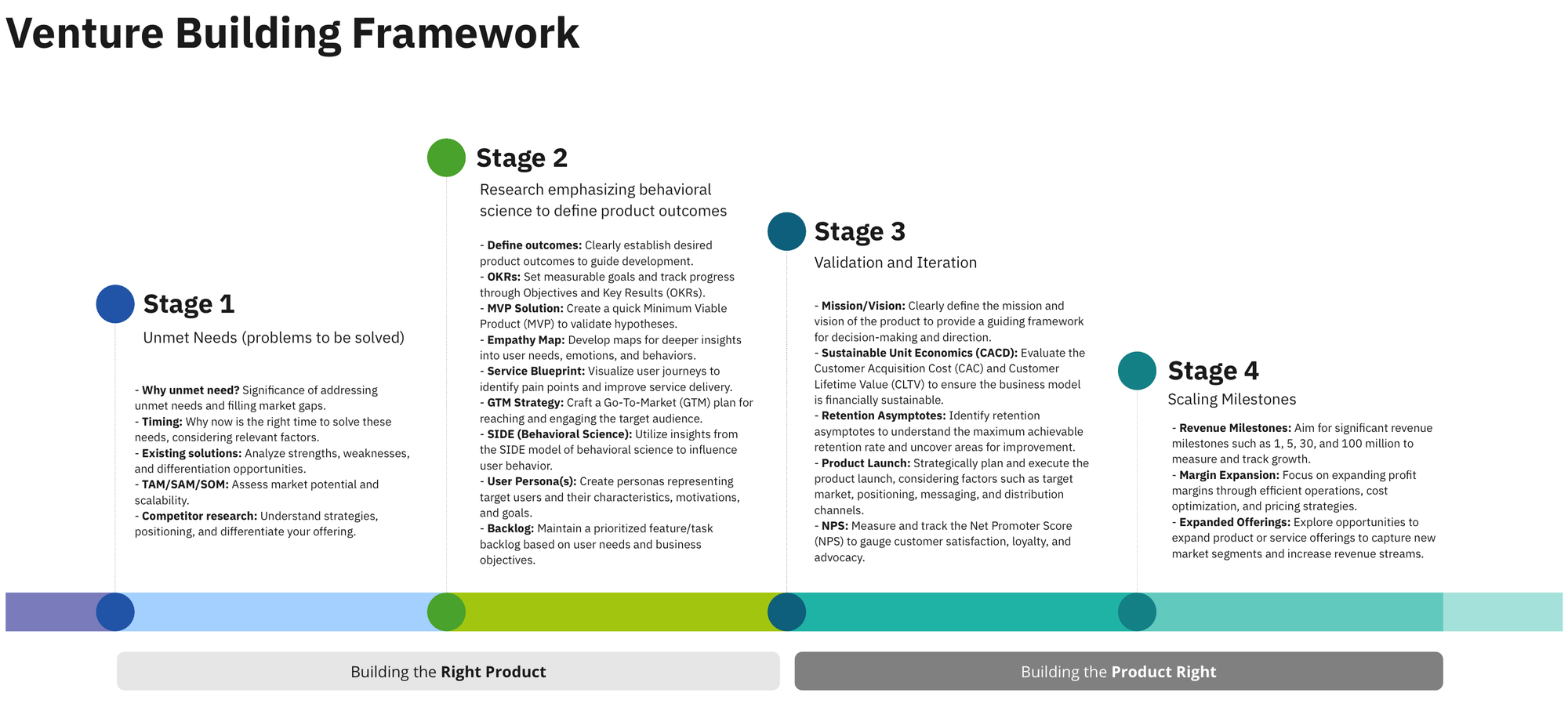
Establishing a Growth Framework
A robust growth framework serves as the foundation for any successful startup. It provides a structured approach to identify opportunities, prioritize actions, and measure outcomes. The most widely adopted frameworks include the AARRR (Acquisition, Activation, Retention, Referral, Revenue) and the North Star Metric.
AARRR Framework:
- Acquisition: Attracting new users to your product.
- Example: Dropbox's referral program, which offered additional storage space to both the referrer and the referee, significantly boosted user acquisition.
- Deep Dive: Dropbox's growth exploded when they implemented their referral program. By incentivizing current users to invite friends, they created a viral loop. Each referred user not only brought in more users but also increased the value for the referrer by expanding their storage space. This tactic was rooted in the understanding of human psychology—leveraging the intrinsic motivation for reciprocity and the extrinsic reward of more storage.
- Example: Dropbox's referral program, which offered additional storage space to both the referrer and the referee, significantly boosted user acquisition.
- Activation: Ensuring new users have a great first experience.
- Example: Slack's seamless onboarding process, which included guided tours and tutorials, helped new users quickly understand the platform's value.
- Deep Dive: Slack's onboarding process is meticulously designed to minimize friction. New users are greeted with an intuitive setup process, helpful tips, and interactive tutorials. This not only helps users get started but also ensures they experience the core value of Slack—efficient team communication—right from the beginning. By focusing on user experience from the first interaction, Slack maximizes the chances of new users becoming active, loyal users.
- Example: Slack's seamless onboarding process, which included guided tours and tutorials, helped new users quickly understand the platform's value.
- Retention: Keeping users engaged over time.
- Example: Netflix's personalized content recommendations have been pivotal in retaining subscribers by consistently delivering relevant content.
- Deep Dive: Netflix utilizes sophisticated algorithms and machine learning to analyze viewing habits and preferences. By offering personalized recommendations, Netflix keeps users engaged and reduces churn. The more a user engages with personalized content, the more accurate the recommendations become, creating a positive feedback loop that enhances user satisfaction and retention.
- Example: Netflix's personalized content recommendations have been pivotal in retaining subscribers by consistently delivering relevant content.
- Referral: Encouraging users to bring in new users.
- Example: Uber's referral incentives, which provided ride credits for both the referrer and the new user, effectively leveraged word-of-mouth marketing.
- Deep Dive: Uber's referral program was a masterclass in viral marketing. By offering ride credits, Uber tapped into the network effect, encouraging users to spread the word. This strategy not only drove user growth but also increased ride frequency, as users were incentivized to use their credits. The dual-sided referral reward ensured that both existing and new users saw immediate value, accelerating Uber's growth.
- Example: Uber's referral incentives, which provided ride credits for both the referrer and the new user, effectively leveraged word-of-mouth marketing.
- Revenue: Monetizing your user base effectively.
- Example: Spotify's freemium model, where free users can upgrade to a premium subscription for an ad-free experience, has driven significant revenue growth.
- Deep Dive: Spotify's freemium model brilliantly balances accessibility and monetization. By offering a free tier with ads, Spotify attracts a large user base. The premium tier, which offers an ad-free experience and additional features, converts a significant portion of free users into paying subscribers. This model not only generates revenue from subscriptions but also from advertising, creating a dual revenue stream that fuels Spotify's growth.
- Example: Spotify's freemium model, where free users can upgrade to a premium subscription for an ad-free experience, has driven significant revenue growth.
North Star Metric:
This is a single metric that best captures the core value your product delivers to customers. It guides your growth team and helps maintain focus on what's most important. For example, Facebook's North Star Metric is the number of daily active users, which reflects the platform's engagement and overall health.
- Example: For a SaaS company, the North Star Metric could be the number of weekly active teams using the software. This metric directly correlates with the company's goal of fostering team collaboration and productivity.
- Deep Dive: The North Star Metric is more than just a KPI; it's a guiding light that aligns the entire organization. It reflects the core value delivered to users and helps prioritize initiatives. For instance, Airbnb's North Star Metric is nights booked. This metric captures the essence of Airbnb's value proposition—connecting hosts with guests and facilitating memorable travel experiences. By focusing on nights booked, Airbnb ensures that all growth efforts are aligned with increasing this core value, driving sustainable growth.
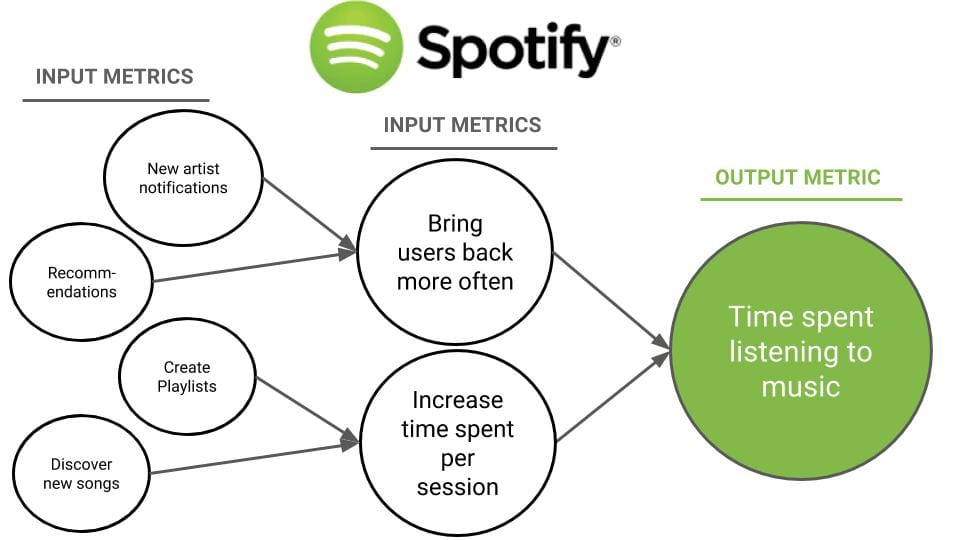
Iterative Processes: The Lean Startup Approach
The Lean Startup methodology emphasizes rapid iteration, learning from customer feedback, and making data-driven decisions. This approach minimizes wasted effort and maximizes the likelihood of finding product-market fit.
Build-Measure-Learn Cycle:
- Build: Create a Minimum Viable Product (MVP) to test your assumptions.
- Example: Zappos started by simply posting photos of shoes from local stores online to test if customers would buy them.
- Deep Dive: Zappos' MVP was a simple yet powerful experiment. By testing demand before investing in inventory, Zappos minimized risk and validated their business model. This approach not only saved costs but also provided valuable insights into customer preferences, which informed future product development.
- Example: Zappos started by simply posting photos of shoes from local stores online to test if customers would buy them.
- Measure: Use analytics to gather data on user interactions and feedback.
- Example: Airbnb initially measured the number of listings and bookings to understand market demand.
- Deep Dive: Airbnb's initial metrics focused on supply and demand dynamics. By tracking listings and bookings, they could gauge market interest and identify growth opportunities. This data-driven approach allowed Airbnb to refine their platform, improve user experience, and scale effectively.
- Example: Airbnb initially measured the number of listings and bookings to understand market demand.
- Learn: Analyze the data to validate or invalidate your hypotheses.
- Example: Dropbox learned that simplifying its user interface led to higher user retention rates.
- Deep Dive: Dropbox's iterative process highlighted the importance of user feedback. By continuously testing and refining their product, Dropbox ensured that their user interface was intuitive and user-friendly. This iterative approach not only improved retention but also enhanced overall user satisfaction, driving long-term growth.
- Example: Dropbox learned that simplifying its user interface led to higher user retention rates.
By repeating this cycle, startups can refine their products and strategies based on real-world insights.
Hypothesis Testing and Validation
Growth is fundamentally about experimentation. Startups should adopt a scientific approach to growth by formulating hypotheses, running experiments, and validating results.
Steps for Hypothesis Testing:
- Identify Opportunities: Use qualitative and quantitative data to uncover growth opportunities.
- Example: Pinterest identified that email notifications could re-engage users who hadn't visited the site recently.
- Deep Dive: Pinterest's analysis of user behavior revealed that timely email notifications could re-engage dormant users. By sending personalized content recommendations, Pinterest was able to increase user activity and retention. This insight was validated through A/B testing, demonstrating the effectiveness of targeted re-engagement strategies.
- Example: Pinterest identified that email notifications could re-engage users who hadn't visited the site recently.
- Formulate Hypotheses: Develop clear, testable statements about potential growth levers.
- Example: Hypothesis - "Sending personalized emails will increase user engagement by 20%."
- Deep Dive: Crafting a hypothesis involves identifying a specific variable to test and predicting its impact. For instance, a hypothesis might state that personalized onboarding emails will increase user activation rates by 15%. This hypothesis can then be tested through controlled experiments, allowing the startup to measure the impact and draw actionable insights.
- Example: Hypothesis - "Sending personalized emails will increase user engagement by 20%."
- Design Experiments: Plan how you will test your hypotheses, including the metrics you will measure.
- Example: Split testing different email subject lines to measure open rates.
- Deep Dive: Designing experiments requires careful planning to ensure reliable results. This involves selecting the appropriate sample size, defining control and experimental groups, and choosing relevant metrics. For example, testing different versions of a landing page to measure conversion rates can provide insights into the most effective design and messaging strategies.
- Example: Split testing different email subject lines to measure open rates.
- Run Experiments: Execute your experiments and collect data.
- Example: LinkedIn experimented with various premium account benefits to determine which were most valued by users.
- Deep Dive: Executing experiments involves implementing the planned tests and collecting data systematically. It's crucial to monitor the experiments closely and ensure that the data collected is accurate and relevant. For instance, LinkedIn's experiments with premium features provided insights into user preferences, guiding the development of new offerings that drove subscription growth.
- Example: LinkedIn experimented with various premium account benefits to determine which were most valued by users.
- Analyze Results: Determine whether your hypotheses were validated and draw insights.
- Example: Spotify analyzed the impact of playlist personalization on user retention and found significant positive results.
- Deep Dive: Analyzing experimental data involves comparing the results against the control group and evaluating the statistical significance of the findings. This analysis helps determine whether the hypothesis is supported or refuted. For instance, Spotify's analysis of personalized playlists revealed a strong correlation between personalization and increased user retention, validating the hypothesis and informing future product enhancements.
- Example: Spotify analyzed the impact of playlist personalization on user retention and found significant positive results.
Growth Team Development and Scaling
Building a high-performing growth team is crucial for sustainable growth. The team should be cross-functional, combining skills from marketing, product management, data analysis, and engineering.
Key Roles in a Growth Team:
- Growth Lead: Oversees strategy and ensures alignment with business goals.
- Product Manager: Focuses on product improvements that drive growth.
- Data Analyst: Analyzes data to uncover insights and track performance.
- Marketing Specialist: Executes campaigns to acquire and retain users.
- Engineer: Implements technical solutions to support growth initiatives.
Scaling the Growth Team:
As your startup scales, it's important to continuously evolve your growth team by adding specialized roles and fostering a culture of experimentation and learning.
- Example: When Airbnb scaled, they established separate growth teams focusing on different aspects such as acquisition, activation, and retention. This specialization allowed for a more focused approach to each growth lever, improving efficiency and outcomes.
- Deep Dive: Scaling a growth team involves not only adding new roles but also creating a structure that promotes collaboration and innovation. For instance, Dropbox created squads that brought together individuals from different functions to work on specific growth projects. This cross-functional approach ensured diverse perspectives and accelerated problem-solving.
Unit Value Economics
Understanding and optimizing unit economics is fundamental to sustainable growth. Unit economics refers to the direct revenues and costs associated with a single unit of product or service. Key metrics include Customer Acquisition Cost (CAC) and Lifetime Value (LTV).

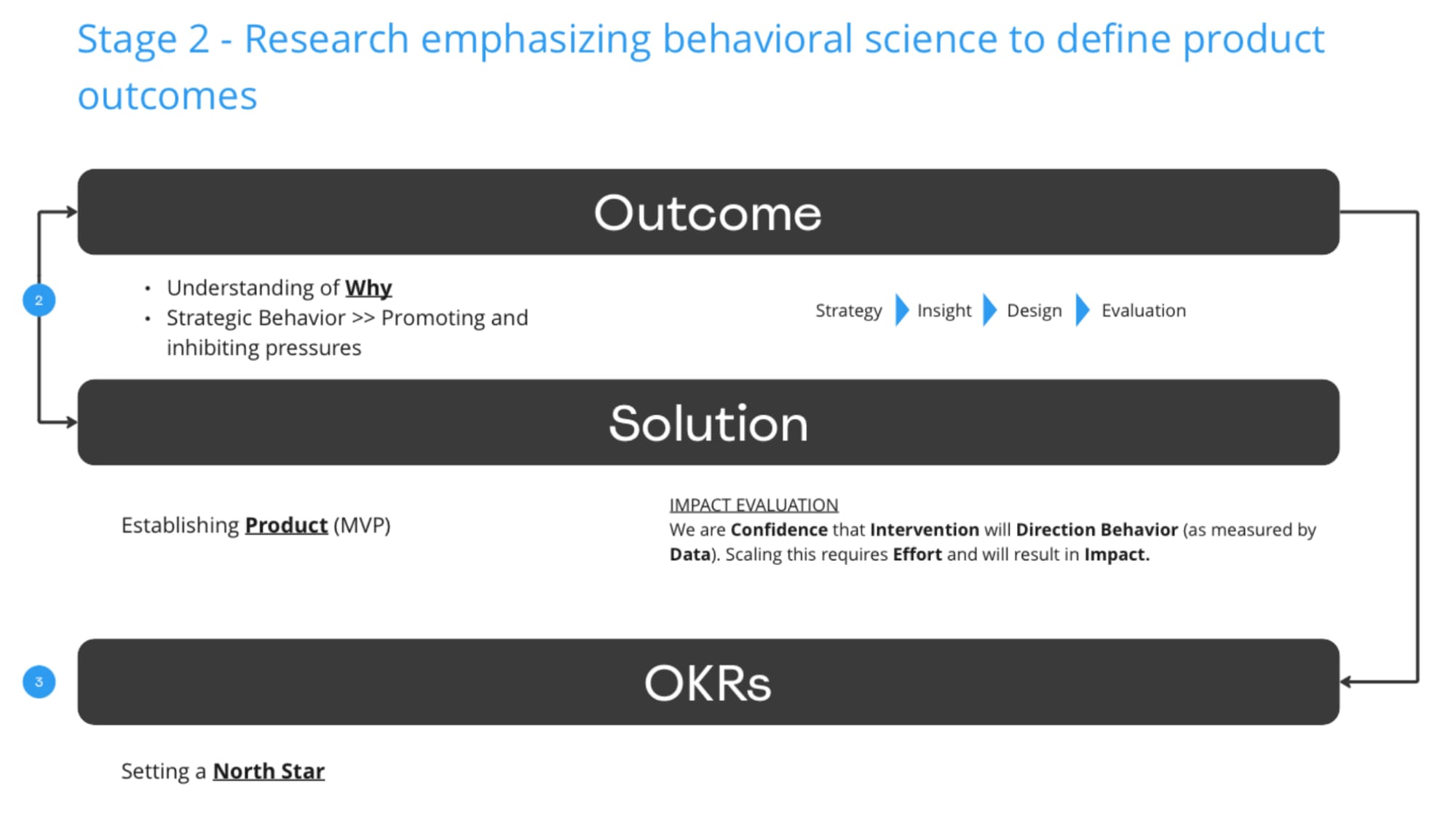
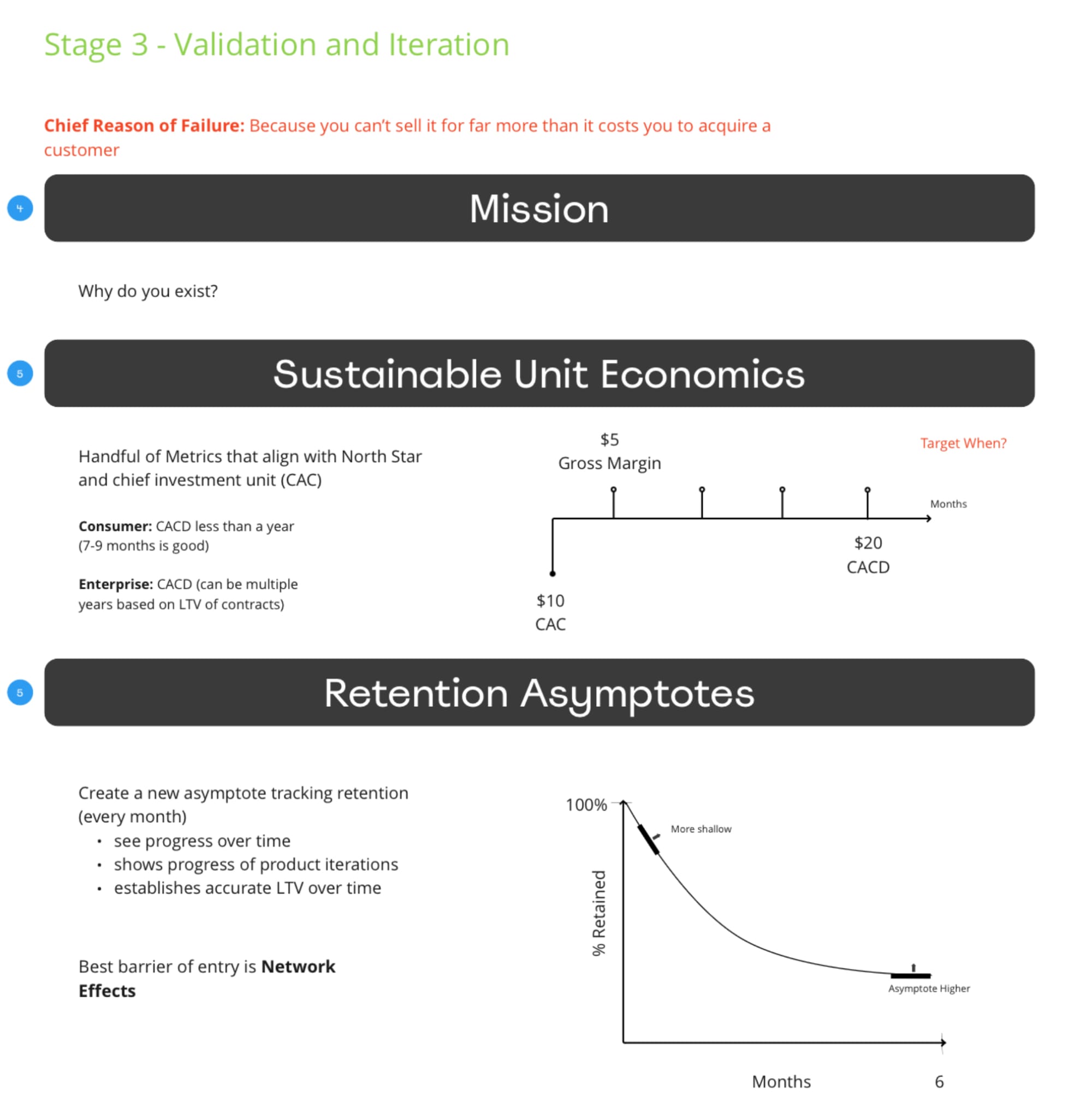
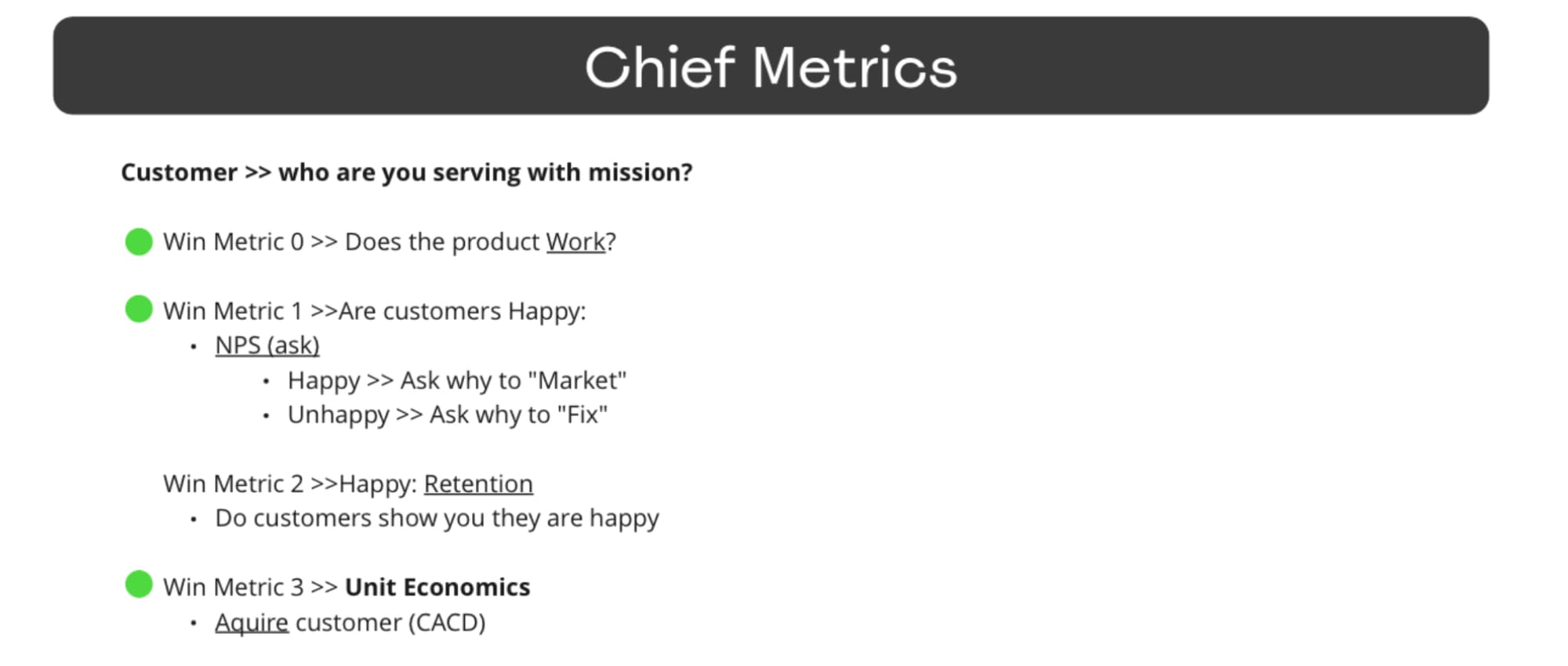
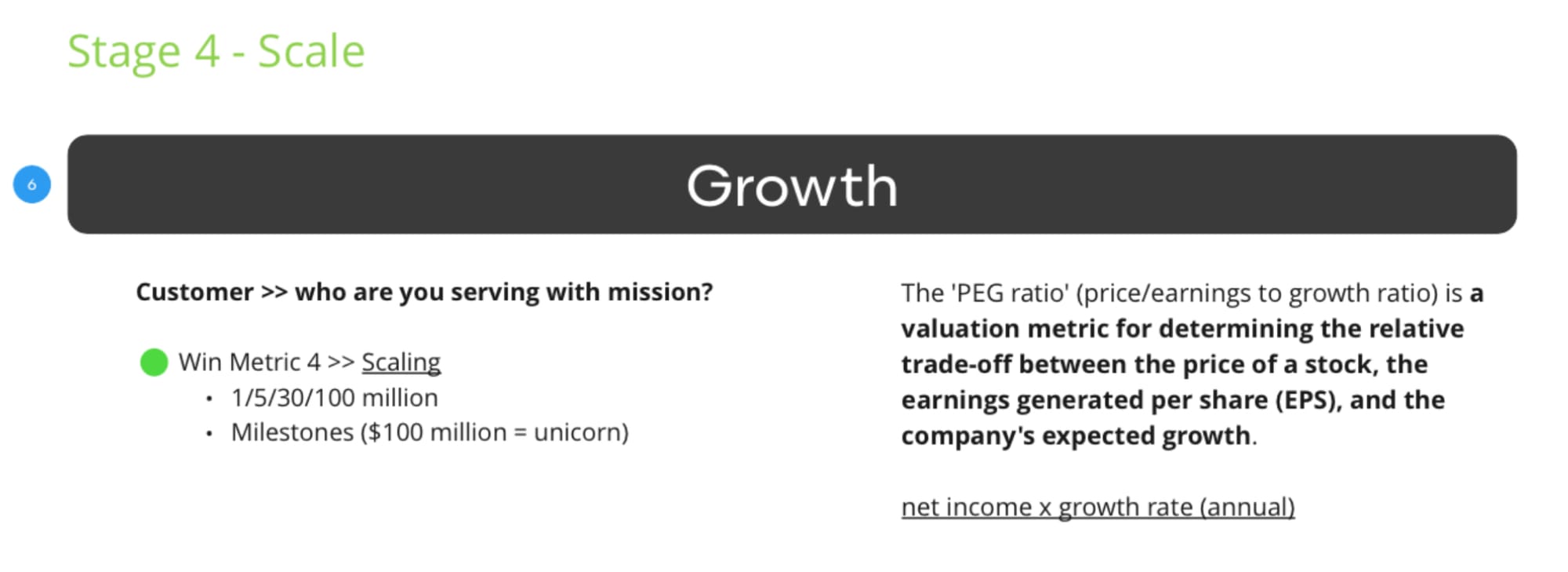
Optimizing Unit Economics:
- Reduce CAC: Improve efficiency in marketing and sales processes to lower the cost of acquiring new customers.
- Example: HubSpot used inbound marketing strategies to attract customers organically, reducing CAC.
- Deep Dive: HubSpot's inbound marketing strategy focused on creating valuable content to attract prospects. By leveraging SEO, social media, and blogs, HubSpot generated leads at a lower cost compared to traditional outbound marketing. This approach not only reduced CAC but also attracted more qualified leads, improving conversion rates.
- Example: HubSpot used inbound marketing strategies to attract customers organically, reducing CAC.
- Increase LTV: Enhance product value, customer experience, and retention strategies to increase the revenue generated per customer.
- Example: Amazon Prime's membership program increases LTV by offering exclusive benefits and fostering loyalty.
- Deep Dive: Amazon Prime's success lies in its value proposition. By offering fast shipping, exclusive deals, and access to streaming services, Amazon enhances the customer experience and incentivizes repeat purchases. This multifaceted approach increases customer loyalty and lifetime value, driving long-term profitability.
- Example: Amazon Prime's membership program increases LTV by offering exclusive benefits and fostering loyalty.
A healthy ratio of LTV to CAC is typically 3:1 or higher, indicating that the revenue from a customer significantly exceeds the cost to acquire them.
Sequential Milestones in Building and Scaling a Growth Engine
Startups need to follow a sequential order of milestones to build and scale their growth engine effectively. Here are the key stages:
- Identifying Unmet Needs:
- The first step is to identify significant unmet needs in the market. This involves understanding customer pain points and gaps in existing solutions.
- Example: EcoHome's founders identified a significant unmet need: homeowners wanting to reduce energy bills and their carbon footprint without sacrificing comfort. They conducted market research and found that existing solutions were either too expensive or difficult to use.
- Research and Behavioral Science:
- Emphasize behavioral science to define clear product outcomes. This includes setting measurable goals, creating an MVP, and utilizing behavioral insights.
- Example: EcoHome utilized behavioral science to understand how homeowners make decisions about energy use. They set clear product outcomes, such as reducing energy consumption by 20% without user intervention. They developed an MVP, a smart thermostat, and created user personas to guide design decisions.
- Validation and Iteration:
- Continuously validate and iterate on your product and strategy. This involves defining your mission and vision, evaluating unit economics, and understanding retention asymptotes.
- Example: After launching the MVP, EcoHome tracked user feedback and engagement. They discovered that users valued automated energy-saving features but wanted more control over settings. EcoHome iterated on their design, adding customizable options and improving user interface based on feedback.
- Scaling Milestones:
- Focus on achieving significant revenue milestones and expanding profit margins. This includes reaching revenue milestones, expanding margins, and exploring new market opportunities.
- Example: With a validated product, EcoHome focused on scaling. They aimed to reach $10 million in annual revenue by expanding their product line to include smart lighting and appliances. They optimized their supply chain to reduce costs and explored partnerships with utility companies to reach more customers.
Conclusion
A successful growth strategy for startups is multifaceted, involving structured frameworks, iterative processes, scientific validation, strategic team development, and a keen focus on unit economics. By integrating insights from venture building success metrics, behavioral science, and the venture design framework, startups can navigate the complexities of growth and build a solid foundation for long-term success.
Implementing this comprehensive growth strategy will position your startup for sustained growth and market leadership.